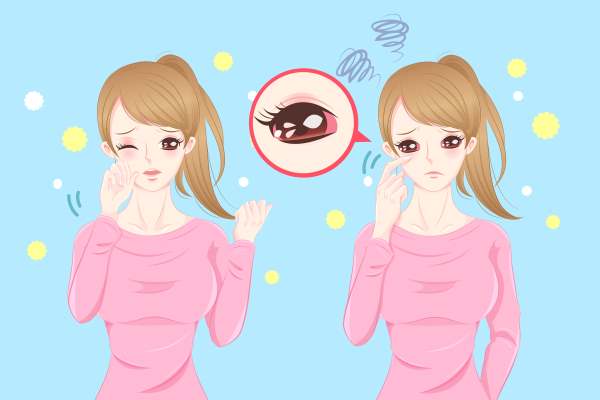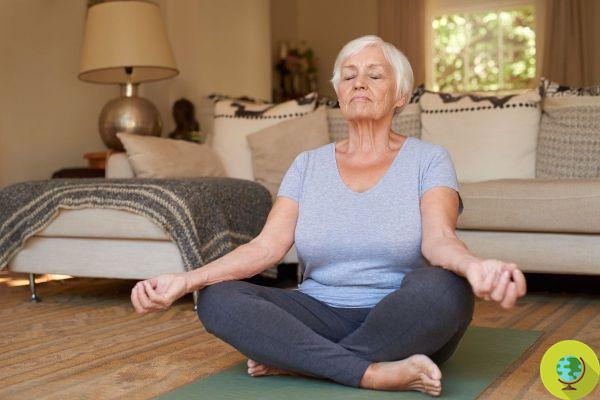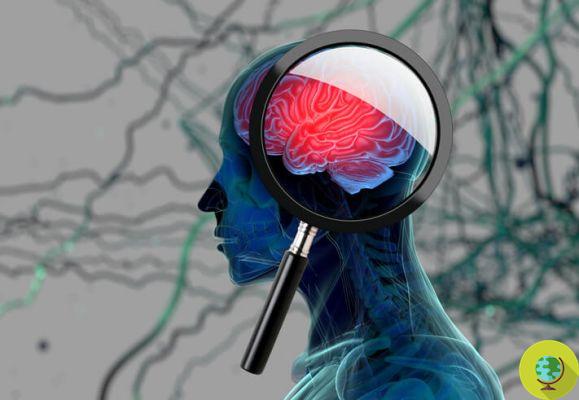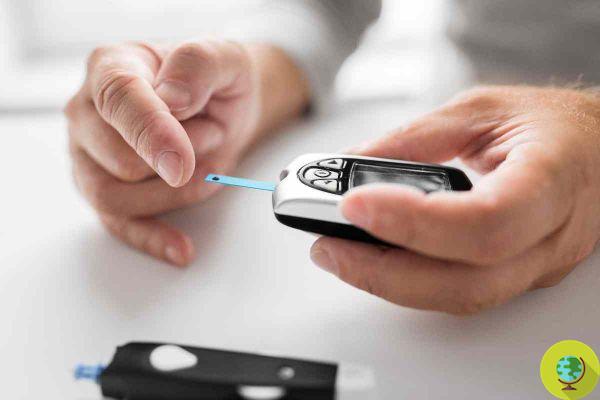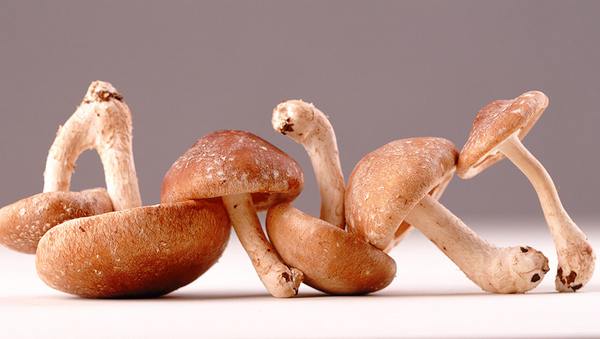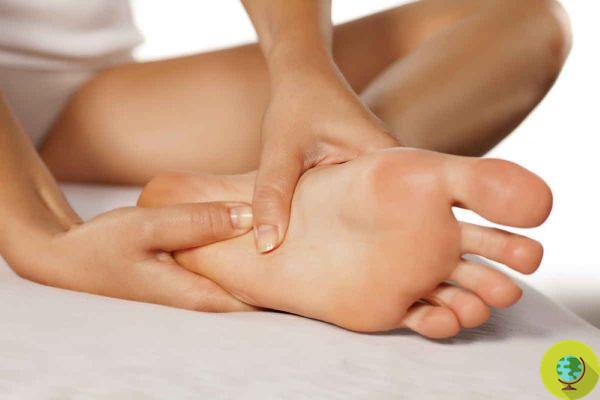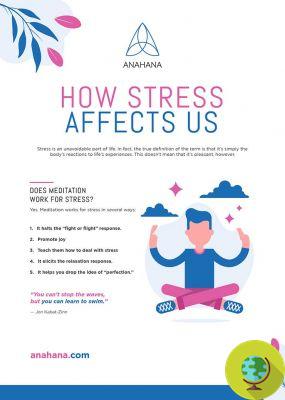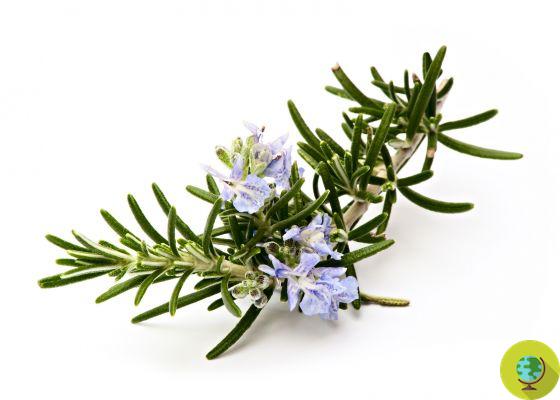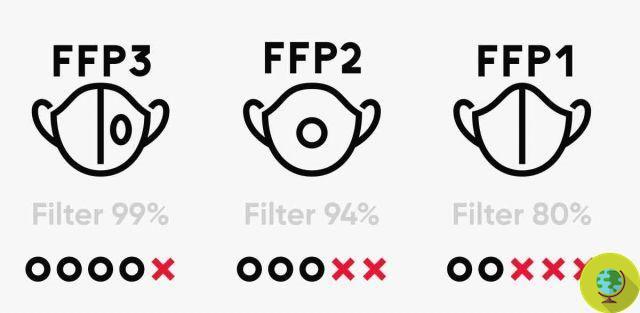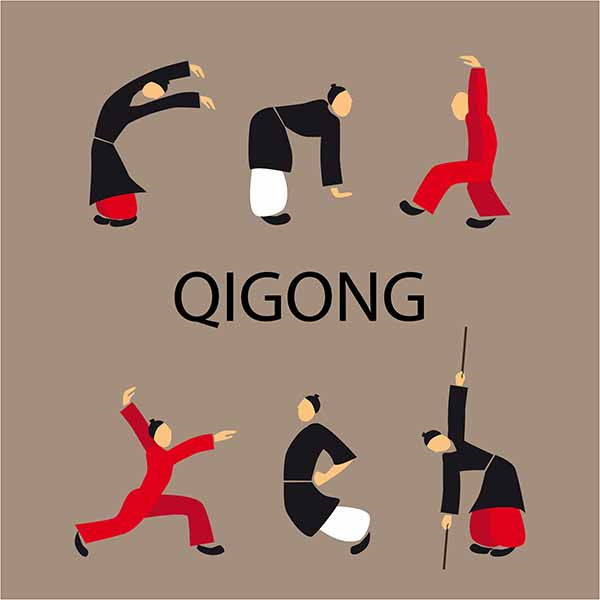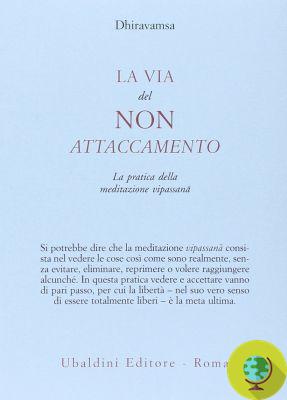
The concept of non-attachment is at the heart of the practice of Yoga, Buddhism and other Eastern philosophies. It is about considering ourselves as actors and spectators of what we do at the same time.
The concept of non-attachment it is at the center of the practice of Yoga, Buddhism and other Eastern philosophies. It is about considering ourselves as actors and spectators of what we do at the same time.
Non-attachment in this way allows us not to brag about a good deed done and also to do not expect anything in return for acting in a positive way. In this way, non-attachment is connected to the concept of karma, that is, to the actions and reactions accumulated in the course of our life and previous lives due to our behaviors and our thoughts both positive and negative.
Those who really learn to practice non-attachment, according to Yoga, Buddhism and other Eastern philosophies, will not accumulate karma and will get liberation from the cycle of rebirths. Not everyone in the world believes karma and reincarnation exist, but either way practicing non-attachment in daily life can help us feel better.
Warning: practice non-attachment it does not mean alienating oneself from reality or to live selfishly and detached from others. On the contrary, non-attachment should transform us into people capable of completely selfless positive actions in daily life. It is therefore a fundamental element of service to others and to the world around us.
In the words of the Buddha, attachment is the main cause of suffering. Non-attachment is one of the most difficult challenges in life. Buddha taught that chains, gold or iron, are still chains. Breaking these chains means being free and having practiced non-attachment to the full. Indeed:
“From attachment pain arises, from pain arises fear. For the one who is totally free, there is no attachment, there is no pain, there is no fear ”.
Perhaps we are in a very specific concrete situation. We have fear of losing a loved one due to circumstances that will soon physically distance us from each other. Sometimes we tend to think that people are our property and that for this reason they should always be close to us.
But is not so. Everything is temporary in this world, even the closeness of the people we love. This is perhaps one of the most difficult occasions to practice non-attachment. If we really want this person's good, we should let them go their own way. We should be happy for her and not suffer, not be afraid and not feel in anxiety for this change.
This example, perhaps a bit extreme, should have allowed you to understand the deeper meaning of non-attachment which, as you see, has nothing to do with selfishness, while it has a lot to do with altruism.
Here it is now three useful tips that will help you practice non-attachment in your daily life or at least to consider actions and events from a new angle.
Index
We are the only ones who are truly responsible for our actions
We are the only ones who are truly responsible for our actions and what follows from them. The consequences of our actionswhether negative or positive, they will emerge with effects on both ourselves and others. We remember the importance of Newton's third law and let's try to apply it to everyday life: “To every action there is an equal and opposite reaction”.
We cannot escape the consequences of our actions. Before hurting or hindering another person, let's think twice. We learn empathy and altruistic behavior, but at the same time we remain ready to defend ourselves against opponents. We help others, but not the opportunists.
Our happiness does not depend on others
This is one of the most important points to practice non-attachment and to feel more peaceful. Our happiness does not depend on others, that is, it is not linked to the presence or absence of certain people in our life, their words or their actions. In fact, inside of us there a point where we can recognize a happiness that is always present and that it can never end.
It is that point on which we focus or where we find ourselves when we meditate and when we finally manage to enjoy a moment of peace and serenity. Then the worries of everyday life with all the chores to attend to will start again. But we know that when we want it we can go back to that hidden point within us where happiness exists and does not depend on anything or anyone.
We have to accept reality and feel free
Some people do not accept reality, they hide from the suffering because they don't understand its meaning. In this case it is a question of detachment, not of "non-attachment". Practicing non-attachment does not mean living detached from reality, in a parallel world, and not accepting it. Our reality is in fact in today and in daily life, in the precise moment in which we are living.
Reality is not an illusion, it is concreteness. We must learn to accept suffering because, as well as happiness, it is part of life. Just as day does not exist without night and light has no meaning without darkness, there can be no good without evil (remember how black and white come together in the symbol of the Tao?). Once this is understood, we will feel free inside and we will be able to help others regain their freedom.
Non-attachment, in conclusion, it is not detachment, it is not selfishness and it is not even an escape from reality. Non-attachment is love and freedom, abandonment of the desire to possess towards things or people and the ability to act in the world in a disinterested way, without boasting and without expecting something in return.
Marta Albè
Photo source: Brucestarkbio
Read also:
Yoga: this is how it transforms body and mind from the first lesson onwards
Are you really happy? 10 signs that prove it






